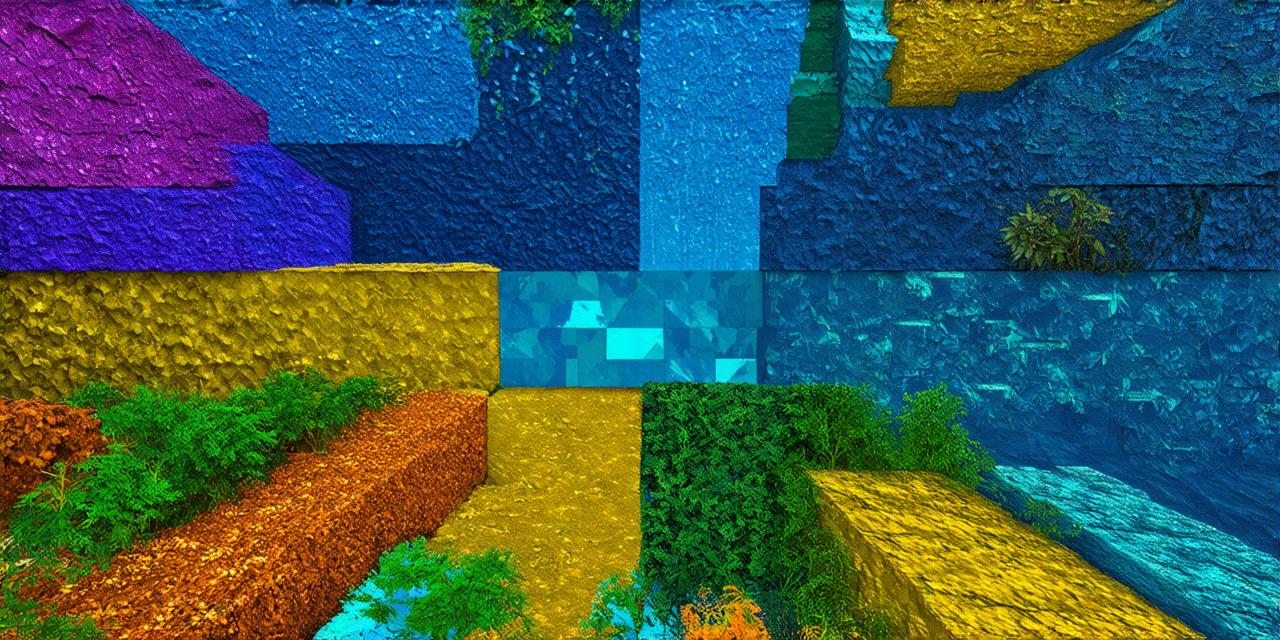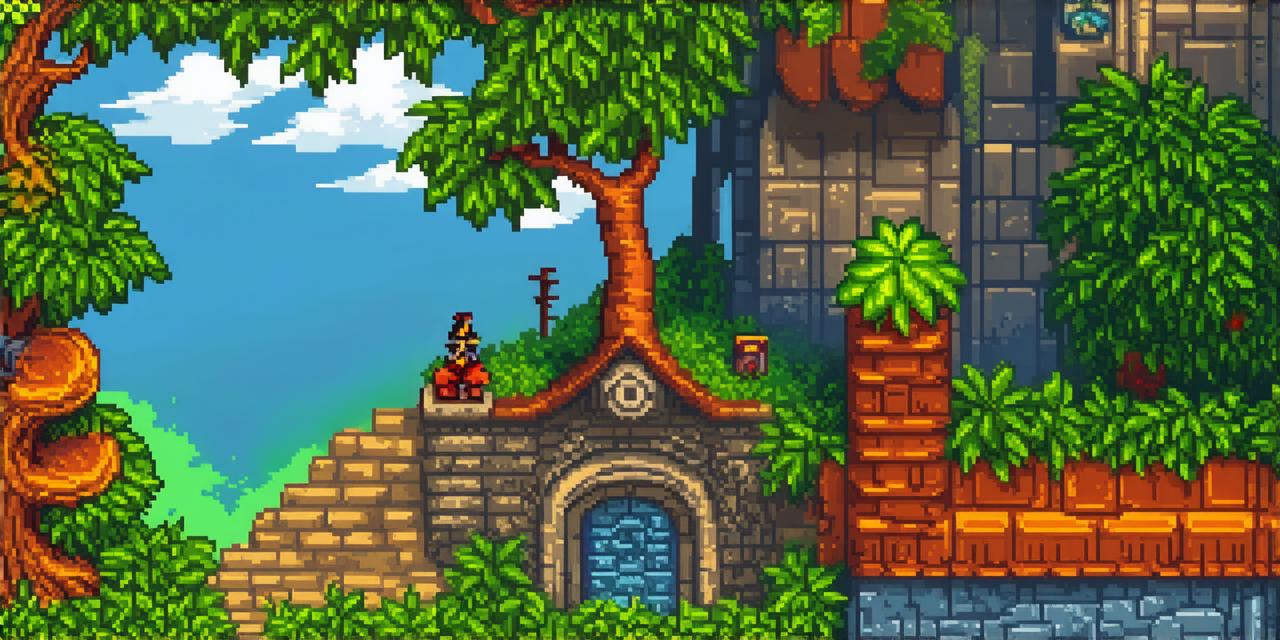Introduction
Video game design is a highly competitive and rewarding field that offers endless opportunities for creativity and innovation. Whether you are a seasoned gamer or a newcomer to the industry, becoming a video game designer requires hard work, dedication, and a deep understanding of the craft. In this comprehensive guide, we will explore the various steps involved in becoming a successful video game designer and provide insights and tips from experienced professionals in the field.
Step 1: Understand the basics of game design
Before diving into the world of video game design, it is essential to understand the basics of game design. This includes familiarizing yourself with the various types of games, such as action-adventure, strategy, puzzle, and role-playing games, among others. Additionally, you should gain an understanding of the different elements that make up a game, such as game mechanics, storytelling, art style, sound design, and more.
You can start by taking online courses, reading books, and watching tutorials on game design fundamentals. Some popular resources include:
* [Game Design and Development Handbook](https://www.amazon.com/Game-Design-Development-Handbook-Julian/dp/1895061427) by Julian Fletcher
* [The Art of Game Design 2nd Edition](https://www.amazon.com/Art-Game-Design-2nd-Edition/dp/1111930443) by Jesse Schell
* [Udemy Game Development Courses](https://www.udemy.com/topic/game-development/)
Once you have a solid foundation in game design basics, you can move on to the next step.
Step 2: Develop your skills in game development software
Game design requires a strong understanding of various game development tools and software. Some of the most popular game development software include Unity, Unreal Engine, and GameMaker Studio. Each of these tools has its own strengths and weaknesses, and it is essential to develop proficiency in at least one of them.
You can start by taking online courses or tutorials on each software’s basics. Some popular resources include:
* [Unity Tutorials](https://learn.unity.com/project/tutorial-hub)

* [Unreal Engine Documentation](https://docs.unrealengine.com/en-US/GettingStarted/WelcomeToUnrealEngine/)
* [GameMaker Studio Tutorials](https://www.yoyogames.com/gamemakerstudio/tutorials)
Once you have developed proficiency in at least one software, you can move on to the next step.
Step 3: Create a portfolio of your work
As a video game designer, your portfolio is your most valuable asset. It showcases your skills, creativity, and experience to potential employers or clients. When creating your portfolio, it is essential to include a variety of projects that demonstrate your ability to design games across different genres and platforms.
Your portfolio should include:
* Concept art and sketches
* Wireframes and prototypes
* Game mechanics and rules
* User interface design
* Sound design and music
* Technical documentation
Some popular tools for creating portfolios include:
* [Behance](https://www.behance.net/)
Once you have a portfolio that showcases your skills and creativity, you can move on to the next step.
Step 4: Get involved in the gaming community
Getting involved in the gaming community is an excellent way to gain exposure, network with other professionals, and learn from experienced



